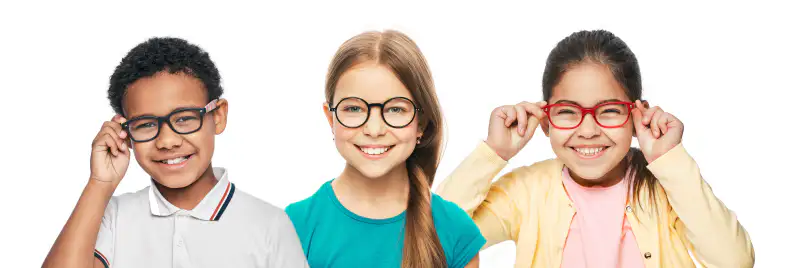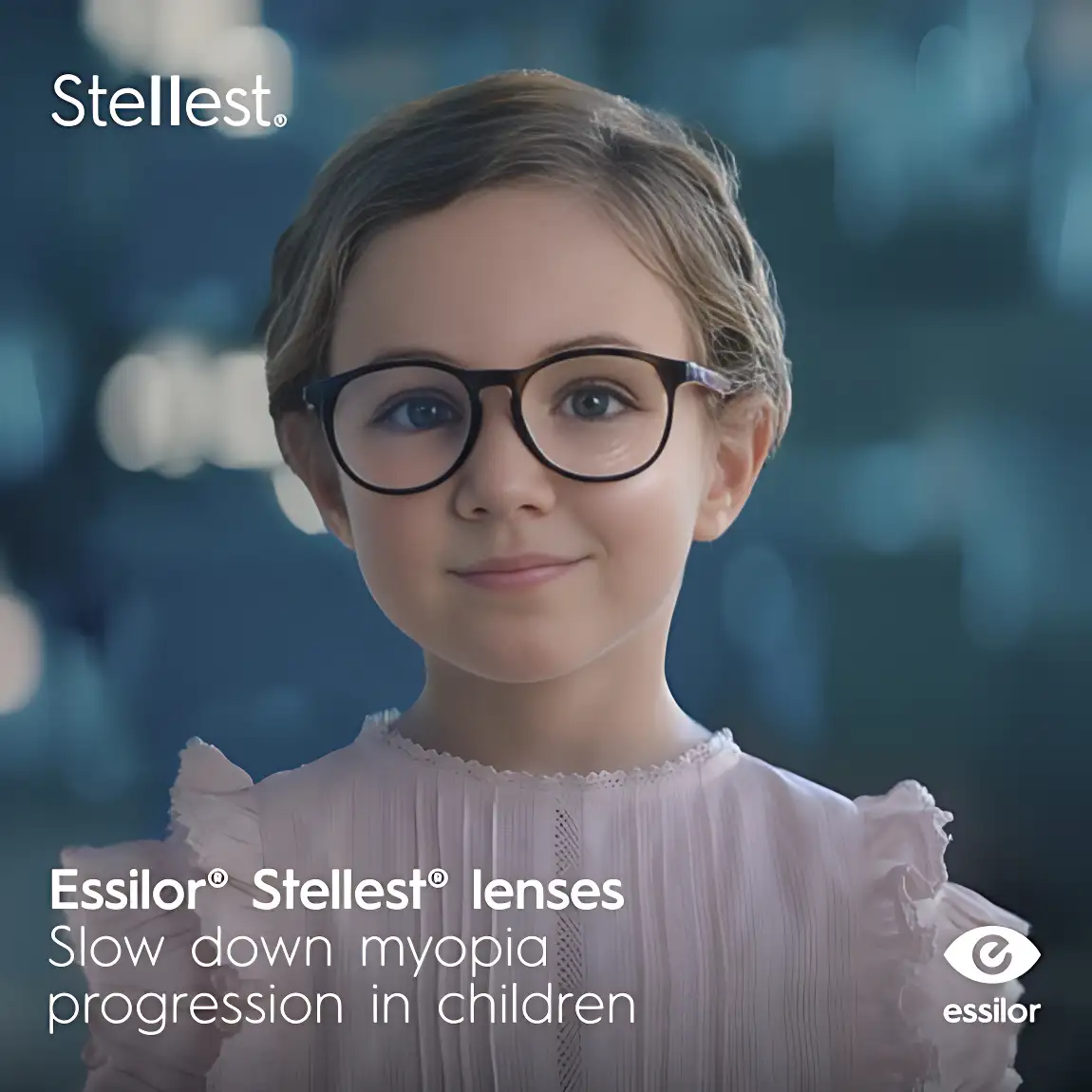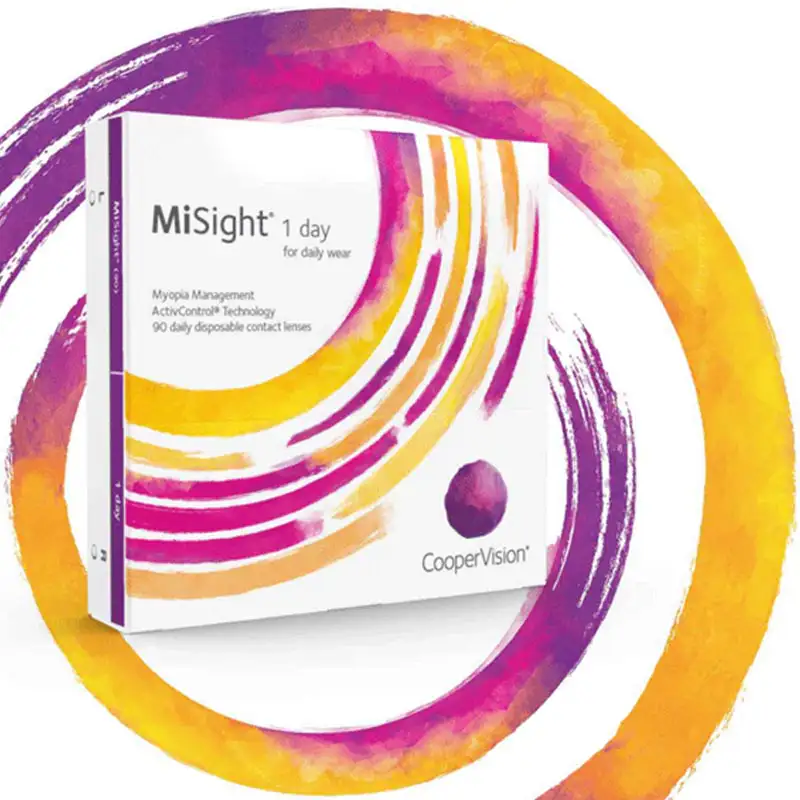Myopia Control
What is myopia?
Myopia, or nearsightedness, is a condition where either the cornea is too curved or excessive growth has stretched the eye long, causing the power of the eye to be too strong. We want images to focus on the retina for clear vision, but in myopia, images focus in front of the retina instead. This causes blurry vision, especially for things that are far away.

What if myopia goes unchecked?
The higher the level of myopia, the higher the risk of ocular problems. Apart from having heavy glasses, high myopes have a higher risk of:
- cataracts
- glaucoma
- retinal detachments
- vision loss from myopic maculopathy
What if myopia goes unchecked?
The higher the level of myopia, the higher the risk of ocular problems. Apart from having heavy glasses, high myopes have a higher risk of:
- cataracts
- glaucoma
- retinal detachments
- vision loss from myopic maculopathy
Myopia in children
The likelihood of children developing myopia greatly increases when one or both parents have myopia. Other risk factors for myopia progression include insufficient time spent outdoors, prolonged time spent reading and playing on digital devices, and poor lighting.
Myopia is increasing
In the early 1970s, only 25% of Americans were nearsighted. Today, more than 40% of Americans have myopia. That number is increasing at an alarming rate, especially among school-age children.
The good news is that there are effective treatments available at Eyes of Athens & Cleveland proven to slow myopic progression. Research indicates that preventing each diopter of myopia lowers the risk of eye problems by 67%.

- Multifocal Contact lenses – High add power multifocal lenses have been shown to slow myopic progression in near-sighted kids.
- Atropine eyedrops – Atropine is an eye drop that you can use safely every night before you go to sleep. The active ingredient helps slow down the signal that tells your retina to keep stretching longer. It is critical to only use as directed and the team will review your treatment plan.
- Contact lenses for myopia control – MiSight 1 Day are unique soft contact lenses designed especially for myopia control are available to wear daily under the close supervision of our eye care team.
- Stellest lenses are a type of spectacle lens designed to slow the progression of myopia (nearsightedness) in children. They use Highly Aspherical Lenslet Target (HALT) technology, which creates a signal to slow eye elongation by generating a volume of non-focused light in front of the retina. Clinical studies have shown they can significantly reduce myopia progression and eye growth in children compared to standard single-vision lenses.
- Multifocal Contact lenses – High add power multifocal lenses have been shown to slow myopic progression in near-sighted kids.
- Atropine eyedrops – Atropine is an eye drop that you can use safely every night before you go to sleep. The active ingredient helps slow down the signal that tells your retina to keep stretching longer. It is critical to only use as directed and the team will review your treatment plan.
- Contact lenses for myopia control – MiSight 1 Day are unique soft contact lenses designed especially for myopia control are available to wear daily under the close supervision of our eye care team.
- Stellest lenses are a type of spectacle lens designed to slow the progression of myopia (nearsightedness) in children. They use Highly Aspherical Lenslet Target (HALT) technology, which creates a signal to slow eye elongation by generating a volume of non-focused light in front of the retina. Clinical studies have shown they can significantly reduce myopia progression and eye growth in children compared to standard single-vision lenses.
MiSight® 1 day
Child-friendly daily disposable contact lenses proven to slow the progression of nearsightedness in children aged 8-12 at the initiation of treatment.
What Does Myopia Look Like?
If you’re wondering what myopia looks like through your child’s eyes, find out by using our Myopia Simulator.

